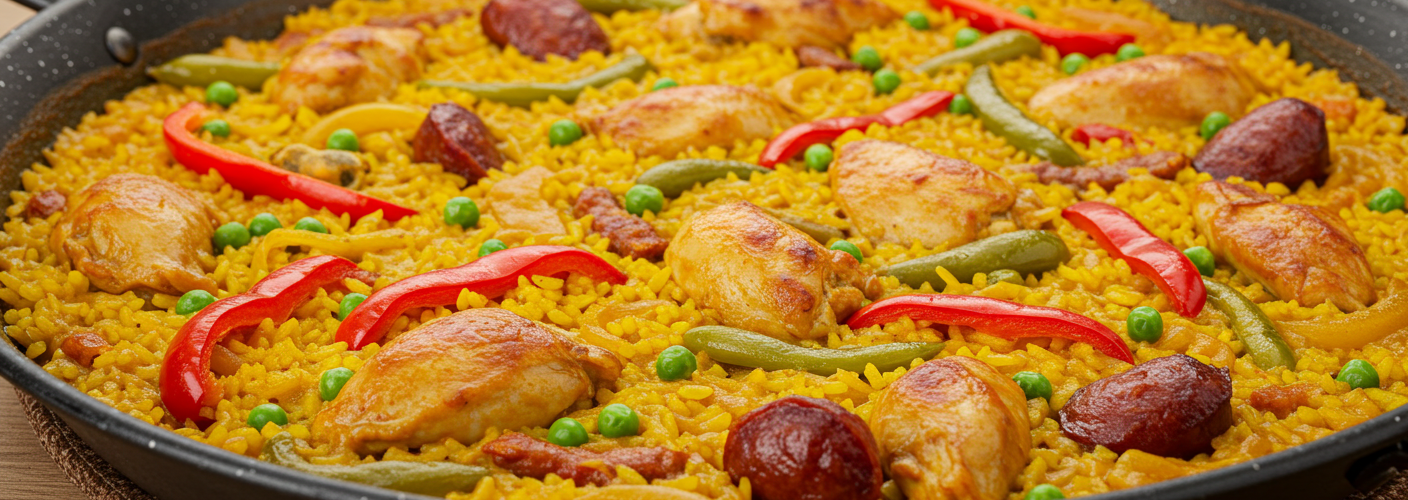When it comes to vibrant and flavorful cuisine, few dishes can rival the culinary delight that is paella. Traditionally hailing from the coastal regions of Spain, particularly Valencia, this iconic rice dish is a celebration of both local ingredients and culinary artistry. Each serving tells a story, blending saffron-infused rice with a medley of fresh vegetables and meat, creating a dish that reflects the bountiful offerings of the land and sea.
At the heart of paella is its base: rice. The choice of rice is crucial, with most chefs opting for a short-grain variety, specifically Bomba or Calasparra. These types of rice are known for their ability to absorb liquid and flavors while maintaining a tender yet firm texture. This makes them ideal for soaking up the aromatic broth that distinguishes paella from other rice dishes.
One of the standout features of paella is its use of saffron, which lends a beautiful golden hue to the dish, along with a unique, earthy flavor profile. Saffron is the most expensive spice in the world, harvested from the flower of Crocus sativus, adding both luxury and depth to the dish. Together with other spices like paprika and garlic, saffron transforms ordinary ingredients into a culinary masterpiece.
Vegetables play a crucial role in traditional paella, adding color, texture, and nutrition. Common vegetable accompaniments include bell peppers, peas, and green beans, which not only enhance the dish’s vibrancy but also provide freshness and balance to the rich flavors of the meat. Additionally, depending on the region and season, chefs may also incorporate artichokes, tomatoes, and even seasonal squashes, showcasing the essence of local produce.
The meat in paella varies widely depending on personal preferences and local customs. Classic versions typically include a combination of chicken and rabbit, which both contribute a hearty substance to the dish. More contemporary interpretations might feature seafood—such as shrimp, mussels, and clams—resulting in what many know as “paella de mariscos.” This seafood variation emphasizes the coastal heritage of paella, with the flavors of the ocean making a brilliant pairing with the savory rice.
While enjoying paella, one can’t overlook the traditional method of its preparation. Authentic paella is cooked in a large, shallow pan known as a “paellera,” over an open flame. This technique creates the much-coveted socarrat, the crispy layer of rice that forms on the bottom of the pan. Achieving the perfect socarrat is an art in itself, as a balance of heat and cooking time is essential to obtain that thrilling crunch without burning the rice.
Paella is not just a meal; it is a cultural experience. Traditionally served during gatherings and festivities, it embodies the spirit of community and sharing. The process of cooking, often done outdoors, enhances the atmosphere of conviviality that surrounds this dish. Friends and family gather around the paellera, reveling in the aromas and flavors, usually accompanied by a glass of sangria or a local wine.
In conclusion, paella is more than just a rice dish; it’s a culinary icon that represents the rich tapestry of Spanish culture and tradition. Whether you savor it in Valencia or at a local restaurant, each bite offers a taste of Spain’s heritage and a reminder of the power of good food in bringing people together.




Add comment